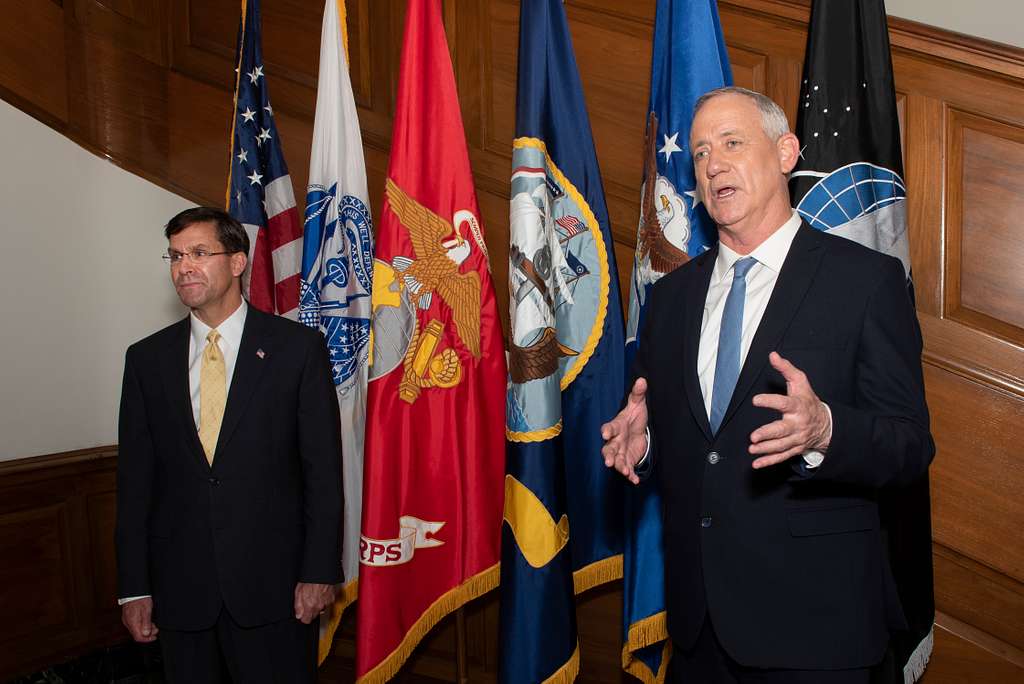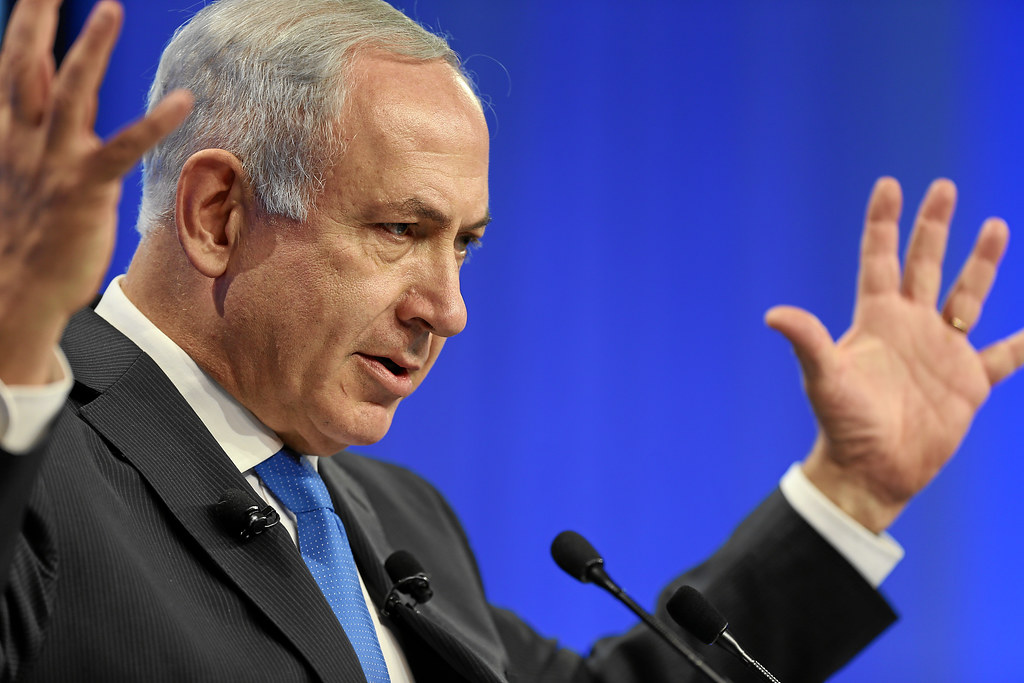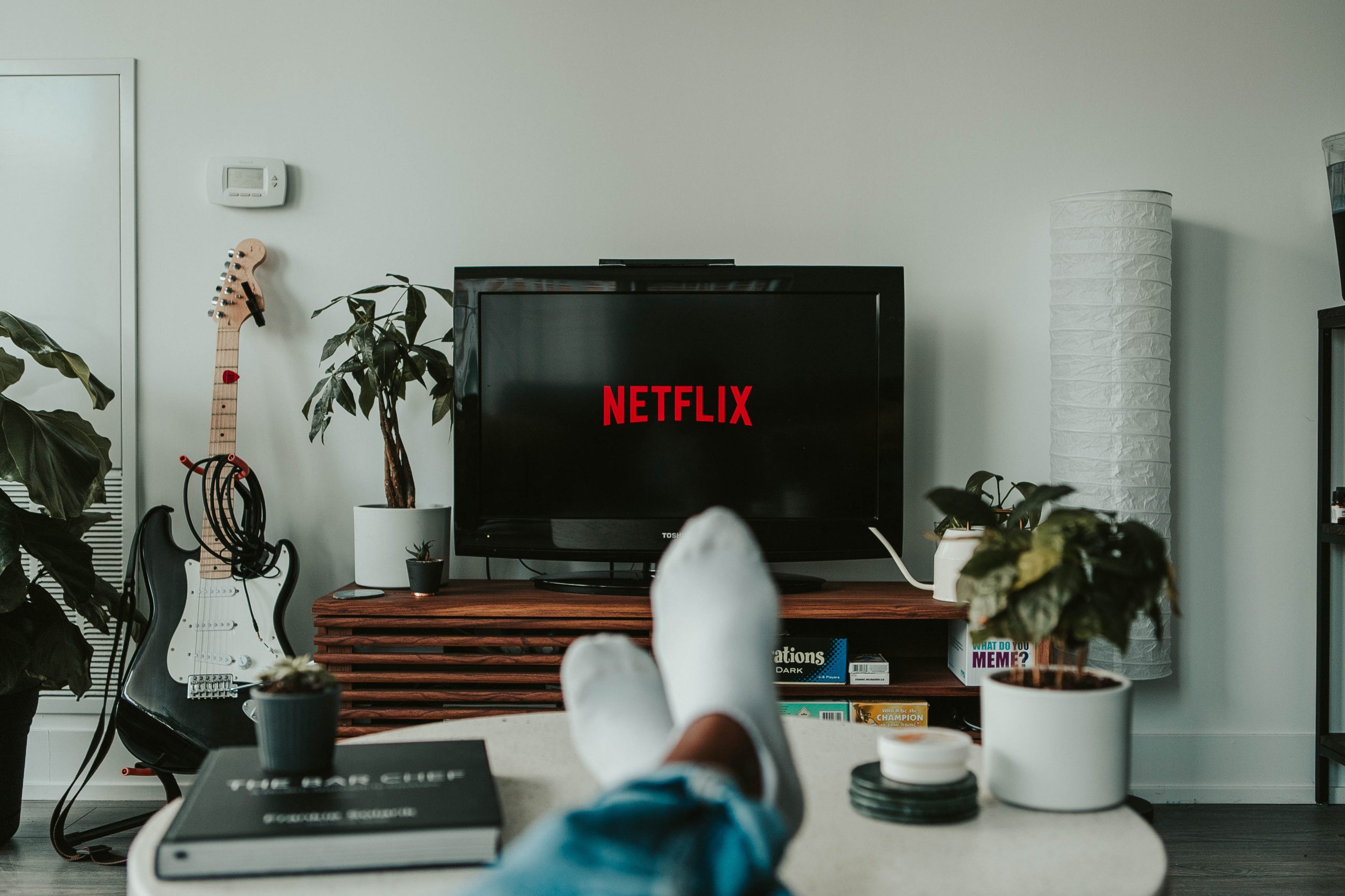For a man who hates academia, Donald Trump has had a revolutionary impact on political science. He’s rendered libraries of doctoral theses irrelevant by reducing the discipline to one phrase: Plata o Plomo. Silver or lead—bribe or bullet—has long been the motto of Colombian drug lords. That bared truth exposes the enormity of our challenge and, perhaps, our path to overcome it.
Silver or lead, money or force. In American politics today, those are the only things that matter.
There’s nothing novel in money shaping politics. What’s new is that you can buy the government for pennies on the dollar with enough cash—and (crucially) a ruthless will to deploy it as a weapon. The difference between Trump 1.0 and Trump 2.0 is the introduction of Elon Musk, the wealthiest human in the universe. Musk helped bankroll Trump’s 2024 campaign, but his power comes from what he can spend in the future. In December, Musk threatened to fund primary challenges to any Republican member voting for legislation he didn’t like; a week later, the bill died.
Can Musk make good on his threats? There are 218 Republican representatives up for re-election in 2026; throw in 20 Republican Senators running that year, too. Last cycle, the most expensive Senate and House races (Texas and VA-07) cost $200 million and $25 million for all candidates combined. Funding every single Republican seat at the highest recorded rate would cost less than $10 billion—that is, about 3 percent of Musk’s fortune.
Of course, he need not spend this: All but a handful of congressional Republicans fall into line. Why? Again, Plata. There is only one clear legislative priority of Trump 2.0, and it’s precisely the same as the sole legislative accomplishment of Trump 1.0: A massive tax cut for wealthy individuals and corporations. Paired with the lifting of any regulations plutocrats might dislike, Republican office-holders, and their donors have a strong incentive to support Trump’s agenda.
Why have the four wealthiest people in America (and most of their fellow billionaires) become Trump supporters? It’s not because of the price of eggs. Jeff Bezos, Mark Zuckerberg, and Larry Ellison—like Musk—run companies with tens of billions of dollars in government contracts and hundreds of billions potentially affected by government regulations. In years when they choose to pay taxes (all four have paid little or none in past years), they would prefer lower rates; even in the pre-Trump era, billionaires paid the IRS an average rate of just 8.2 percent—less than the rate (including FICA) paid by a teacher earning $40,000 per year.
That’s the silver. What about the lead? Ultimately—and this is Trump’s greatest insight— it’s all about force.
Trump’s administration has defied or slow-walked dozens of court orders. The president has called on Congress to impeach the judge who questioned how it deported alleged Venezuelan gang members. This defiance might be enough to deter some judges. Those jurists who aren’t already siding with him reflexively, like Aileen Cannon of the Mar-a-Lago documents case or giving him a wide berth like the Supreme Court, may find themselves intimidated. Add to this the very real physical peril faced by judges who offend Trump and his track record of removing security from public officials facing threats from his supporters, and the judiciary looks like a weak bastion against presidential autocracy.
Any functional government holds a monopoly (at least in theory) on the legitimate use of force. The President of the United States is the Commander in Chief of the most potent instrument of force the world has ever seen. By law, the military cannot be deployed (with minimal exceptions) against American civilians. Trump tried to do this in his first term but faced the objections of his Secretary of Defense; he selected a second-term replacement who would put up no such objections. If ordered to use lethal force against nonviolent American civilians, wouldn’t uniformed officers and troops be obligated to disobey such an unlawful order? They may not have the benefit of legal counsel to answer this question: One of Trump’s first actions was to fire the Judge Advocates General of the Army, Navy, and Air Force.
Use of the military might seem far-fetched (although the National Guard foiled Trump’s prior attempted coup)—but what about civilian law enforcement? By placing his confederates Pam Bondi and Kash Patel in charge of the Department of Justice and the FBI, Trump has turned Federal law enforcement officials into his armed retainers. That we even ask the question suggests how far we’ve fallen. The Washington, D.C. Metropolitan Police Department is not under Trump’s command, but the federal government controls District funding and much of its governance; D.C. police have enforced DOGE’s (presumptively illegal) occupation of multiple federal agencies.
As any Medellín cartel enforcer can tell you, one need not wear a uniform to distribute plomo. Trump has been building his goon squads since his first term and hasn’t been shy about using them. In September 2020, he told the right-wing paramilitary Proud Boys to “Stand back and stand by.” Three months later, he told them to come in mass at the Capitol: “Be there, will be wild!” They and others like them were there and were wild.
The criminal justice system creaked ever-so-slowly to deal with the most serious rebellion since the Civil War, but it convicted 1,500. On his first day back in office, Trump set them free. He sent a clear message: There is literally no crime you can commit, no act of violence against any person or institution, no act of treason against the nation, for which I will not pardon you. So long as you do it for me.
We’ve already seen the impact. After voting to impeach Trump, Senator Mitt Romney had to spend $5,000 per day on private security. Any public official without Romney’s wealth knows that opposing Trump is a decision to place oneself and one’s family at risk. How many will do so? Would you?
There was no magic wand that waved away Colombia’s decades of lawlessness. Things are much better now than in the 1990s, but far from normal. The Medellín gang was replaced by the Cali cartel, which gave way to the Autodefensas Unidas de Colombia, which was eclipsed by the Clan del Golfo. The U.S.-funded “Plan Colombia” provided a great deal of silver and lead to counter the druglords. More importantly, a critical mass of Colombians finally had enough. They marched, protested, boycotted, and formed (sometimes unruly) neighborhood defense groups. They used every weapon they possessed. They kept insisting that the nations’ leaders terminate their love-hate relationships with narcotraficantes and govern.
In America, many seem resigned to waiting Trump out. Senator Chuck Schumer and nine colleagues granted Trump and Musk another half-year to continue their program. Eventually, he’ll become so unpopular (Schumer argued) that the Republicans must rein him in. Trump will be defanged in two years (the argument runs) and certainly out in four. But Trump didn’t go willingly last time, and on Sunday he said he was “not joking” in his oft-stated threat to stay in office after his term is over. Even when the actuarial tables catch up with the septuagenarian, that may not resolve the problem: The tables caught up with Pablo Escobar in 1993, but the battles raged on.
The lesson: every political system ultimately rests on plata o plomo. Perhaps we should thank Trump for forcing us to stop deluding ourselves. We’re no better than any other people. And the Founders haven’t gifted us with a system that can protect us from the daily realities Colombians, Sudanese, or Hungarians face. The Democrats won’t save us, nor will the courts.
We are the only ones who can save us. We’ll start when we decide we’ve had enough.



















